Retina Support: Cones & Rods
Rods & Cones Treatment Photoreceptors Connective Tissue Hole / Wrinkle in the macula Sugar balance Vitamin A
The rods (support low-light and peripheral vision) and cones (support fine detail and color) in the eye may be damaged by a number of inherited vision dystrophies.
Vitamins
& Supplements
Not sure which to get?For help call us at 845.475.4158
Complete Product List
On a tight budget?
We recommend
Advanced Eye & Vision Support Formula (whole food) 60 vcaps
Discount Packages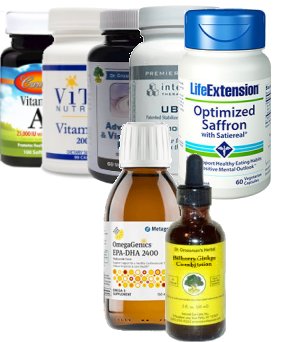 Photoreceptor Cell Support Package Photoreceptor Cell Support PackageFor photoreceptor cells & overall retinal health. |
Essential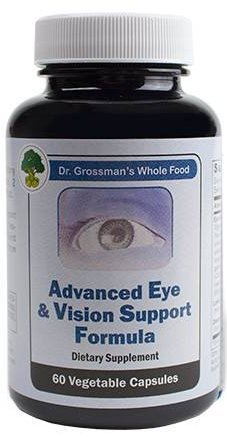 Advanced Eye & Vision Support Formula (whole food) 60 vcaps Advanced Eye & Vision Support Formula (whole food) 60 vcapsWhole food, wild crafted herbal vegetarian formula with vision antioxidants, chemical- and preservative-free. |
Essential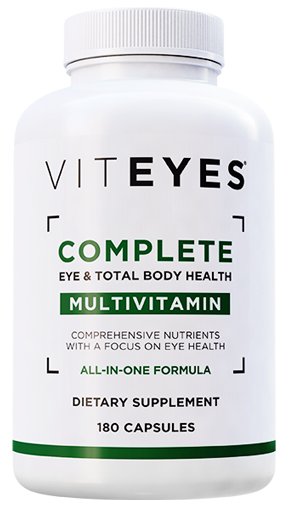 Viteyes Complete - 180 caps Viteyes Complete - 180 capsMultivitamin & eye multivitamin |
Essential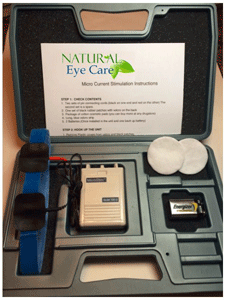 Microcurrent Stimulation 100ile Purchase Option Microcurrent Stimulation 100ile Purchase OptionHelps improve circulation & reduce waste build-up. |
Essential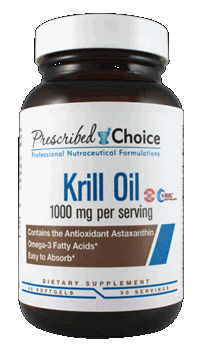 Krill Oil, 1000mg 60 softgels Krill Oil, 1000mg 60 softgelsHigh quality omega-3 fatty acid formula with astaxanthin. |
Very Important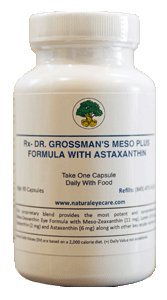 Dr. Grossman's Meso Plus Formula with Astaxanthin - 90 vcaps Dr. Grossman's Meso Plus Formula with Astaxanthin - 90 vcapsMeso-zeaxanthin, Lutein, Zeaxanthin & Astaxanthin for overall retinal support and computer eye strain. |
Very Important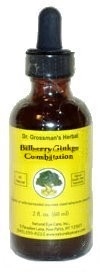 Dr. Grossman's Bilberry/Ginkgo Combination 2oz (60ml) Dr. Grossman's Bilberry/Ginkgo Combination 2oz (60ml)Bilberry/Ginkgo Wild crafted extract formula. |
Very Important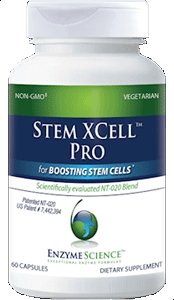 Stem Xcell Pro 60 Capsules (E00688) Stem Xcell Pro 60 Capsules (E00688)Formula designed to promote and support stem cell activity. |
Very Important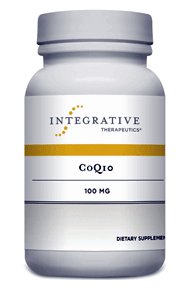 CoQ10 100 mg 60 gels CoQ10 100 mg 60 gelsCoenzyme Q10 (CoQ10) (ubiquinone 10) 100 mg per gelcap. |
| Helpful Pure Focus (1 oz) |
If genetic weakness is apparent at birth the tendency is that deterioration remains somewhat stable. If genetic weakness in the cones or rods appears later in life it is often a progressive deterioration, worsening with age.
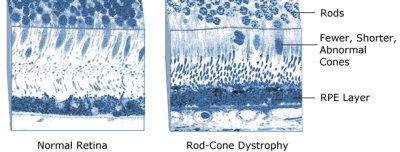
Conventional Treatment
There are not any conventional ways to slow down or reverse degradation of rods or cones due to genetic mutations that have appeared at birth, nor any method for slowing development in progressive dystrophies. Doctors do sometimes recommend tinted eyeglasses and sunglasses as well as magnification tools. Gene therapy and stem cell therapy does hold some promise for the future. A study in 2012 replaced damaged lab animals' photoreceptor cells with transplants of precursor rod cells which then developed to a new layer of rods and cones. 1
Complementary Treatment
The body is always trying to maintain optimal health even in the face of genetic disorders. There is a wide range of research available that identifies the nutrients used in the retina that are needed to support photoreceptors and vision health. Targeted supplements that have been shown to help protect the photoreceptor cells from damage may be helpful.
It has been recognized by scientists that oxidative stress is a key factor in many eye diseases and in gene mutation. Links have been made between oxidative stress and gene mutations. While there is no direct evidence in the case of genes and loci linked to CRD, oxidative stress may well be a factor, and it therefore seems reasonable to support the body's antioxidant functions.
- Nutritional support
- Lutein is an important carotenoid antioxidant which supports vision acuity, as demonstrated in retinitis pigmentosa studies.2
- Zeaxanthin, another carotenoid antioxidant, helps protect the rods and cones from the damaging photo-oxidation of blue and UV light.3
- Taurine supports the health of the retinal ganglion cells, which are nerve cells (some of which are photosensitive) transmitting information from the rods and cones to the optic nerve.4
- Vitamin A Palmitate, taken along with Lutein, has been linked to health of the mid-peripheral vision in one study5 and to cone-rod in another.12 If large doses of vitamin A are taken they should be supplemented with tauroursodeoxycholic acid (TUDA) a bile salt that helps with absorption and avoiding bile acid backup in the liver. Note that research suggests that for recessive rod cone dystrophy which is associated with a mutated ABCA4 gene, (similar to a form of recessive Stargardts), it may be that vitamin A is contra-indicated.11
- Bilberry extracts also provide important antioxidant properties that protect against photooxidation that damages the rods and cones. Bilberry also is known to support night vision, a function of retinal rod cells.
- Vitamin C supports the health of the nerve cells that transmit information from rods and cones to the brain.6, 7
- Omega-3 fatty acids support the general health of the retina and photoreceptors cells, and have been found to be helpful in a variety of photoreceptor conditions, especially when combined with vitamin A.8
- Other drugs - Do not take impotence drugs such as Viagra. Viagra blocks formation of an enzyme that transmits light signals from the retina to the brain. Doctors have known for several years that it could cause temporary vision problems in healthy men, but a 2014 Australian study found its effects can be permanent.9 See more information about other possible harmful drugs.
- Acupuncture A specific acupuncture protocol developed for retinitis pigmentosa may be helpful in supporting rod and cone health.10.
- Microcurrent stimulation Some research indicates that daily use of microcurrent stimulation may help preserve vision as well.
- General vision support See our recommendations for healthy eyes.
Related Conditions
Other eye conditions where the rod and cone photoreceptor cells are negatively affected include: Leber's Amaurosis, Retinitis Pigmentosa, Usher Syndrome, and Batten's Disease.
Footnotes
1. Singh, et al, (2013). Reversal of end-stage retinal degeneration and restoration of visual function by photoreceptor transplantation. Proceedings of the National Academy of Sciences, January.
2. Bahrami H, et al. (2006). Lutein supplementation in retinitis pigmentosa: PC-based vision assessment in a randomized double-masked placebo-controlled clinical trial. BMC Ophthalmology, June.
3. S.R. Kim, (2006). Photooxidation of A2-PE, a photoreceptor outer segment fluorophore, and protection by lutein and zeaxanthin. Experimental Eye Research, May.
4. Froger N, Cadetti L, Lorach H, et al. (2012). Taurine provides neuroprotection against retinal ganglion cell degeneration. PLoS One, July.
5. E.L. Berson, et al., (2010). Clinical Trial of Lutein in Patients With Retinitis Pigmentosa Receiving Vitamin A. Archives of Ophthalmology.
6. C. I. Calero, et al., (2011). Allosteric Modulation of Retinal GABA Receptors by Ascorbic Acid. Journal of Neuroscience.
7. Komeima K, et al. (2006). Antioxidants reduce cone cell death in a model of retinitis pigmentosa. Proceedings of the National Academy of Sciences, USA, July.
8. E.L. Berson, et al., (2004). Further evaluation of docosahexaenoic acid in patients with retinitis pigmentosa receiving vitamin A treatment: subgroup analyses
Archives of Ophthalmology, September.
9. L. Nivison-Smith, et al., (2014). Sildenafil alters retinal function in mouse carriers of retinitis pigmentosa, Experimental Eye Research, November.
10. Ava K. Bittner, OD, PhD, Jeffrey M. Gould, MEd LAc, Andy Rosenfarb, ND LAc, et al., (2014). A pilot study of an acupuncture protocol to improve visual function in retinitis pigmentosa patients. Clinical and Experimental Optometry, May
11. R.A. Radu, et al, (2008). Accelerated accumulation of lipofuscin pigments in the RPE of a mouse model for ABCA4-mediated retinal dystrophies following Vitamin A supplementation. Investigative Ophthalmology & Visual Science, September.
12. Saari, J. C. (2012). Vitamin A metabolism in rod and cone visual cycles. Annu Rev Nutr, Aug 21;32:125-45.
Rods & Cones Treatment Photoreceptors Connective Tissue Hole / Wrinkle in the macula Sugar balance Vitamin A
 info@naturaleyecare.com
info@naturaleyecare.com



 Home
Home



 Vision
Vision Vision
Vision



 Health
Health Health
Health Research/Services
Research/Services Pets
Pets About/Contact
About/Contact


